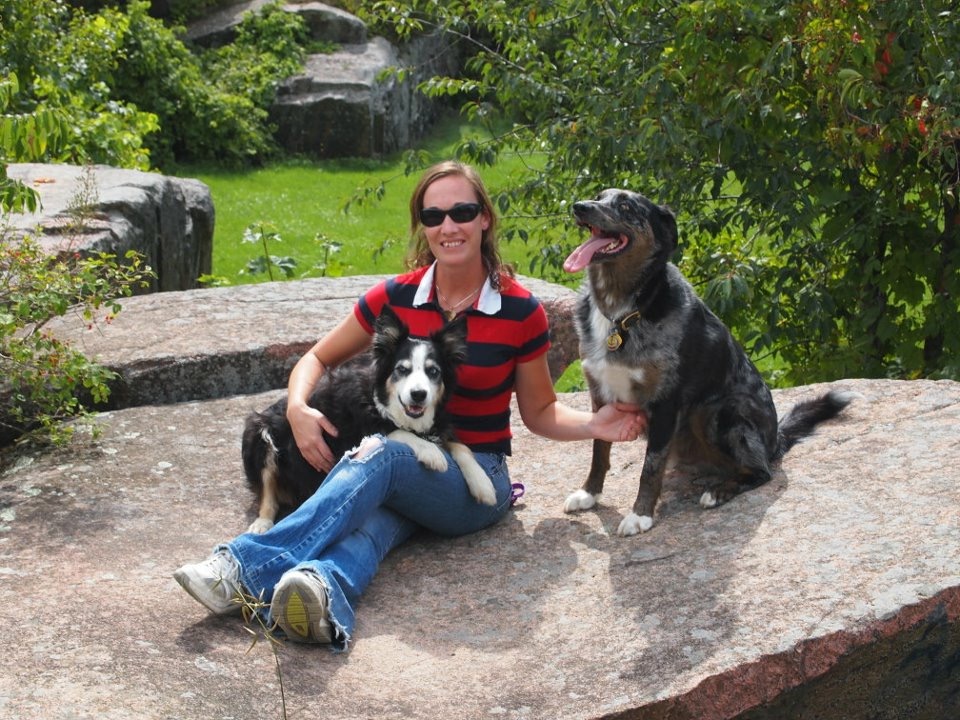We all have those days. The ones that start out crazy and get worse from there. Where the receptionist slides up next to you and hesitantly tells you a client called and is on their way with a pet that has been vomiting for four days, they are leaving to go out of town tomorrow, and they need to be seen right now.
Where the technicians are pulling their hair out because the IV pump is beeping every five seconds and the dog won’t keep his leg straight. The days when the customer service team is getting hammered with phone calls while dealing with the client who has been talking their ear off for 20 minutes and has just thought of one more question.
Everyone gets testy, and it can seep over into patient care and client communications. Keeping our team happy and focused is essential for good medicine and good business. Sometimes simple gestures and a few minutes of effort can turn a trying day into one where everyone high-fives each other as we turn out the lights.
Here are some reminders for tricks to keep us going!
1.Music break!
Most songs are two to three minutes long, which is just long enough to turn an attitude around. Turn up the streaming music program of your choice with a song that will get feet tapping and inspire a short dance break.
I find boy bands, cheesy pop, and songs that involve hand clapping work well. If the clients hear and make a face, just tell them that we play song requests for our hospitalized patients.
2. Respond to an SOS.
If your receptionist is stuck with Mr. McTalkerson, send out a page asking her to report to treatment for patient care. If your doctor cannot wrap up the longest progress exam ever, poke your head and the door to let her know Dr. Specialist is on line two for a consult. Give them an excuse to step away for a second, and the next person can step in and get the system moving again.
3. Remember the spark.
Take a second to let the screaming child use your stethoscope to listen to their puppy’s heart and watch their eyes widen. Got a pet with a murmur, arrhythmia, or crackles that are classic?
Give your student assistant or technician a chance to hear and appreciate. Point out the weird thing on the x-ray instead of just looking and returning to the client. A few minutes of remembering how cool medicine is will keep you going for the rest of the day!
4. When all else fails- try chocolate and chips.
We may only have 15 minutes for lunch on a crazy day, but it may be worth eating in the car on the way to the store to pick up a bag of chocolate bars and a bag of chips (you know, some people like salty and some like sweet!). After a morning of tough euthanasias and difficult clients, your staff may need a treat to make it through the afternoon.
We know we can’t fix every stressful thing, but hopefully, you and your team can roll with them and pull out a win.
